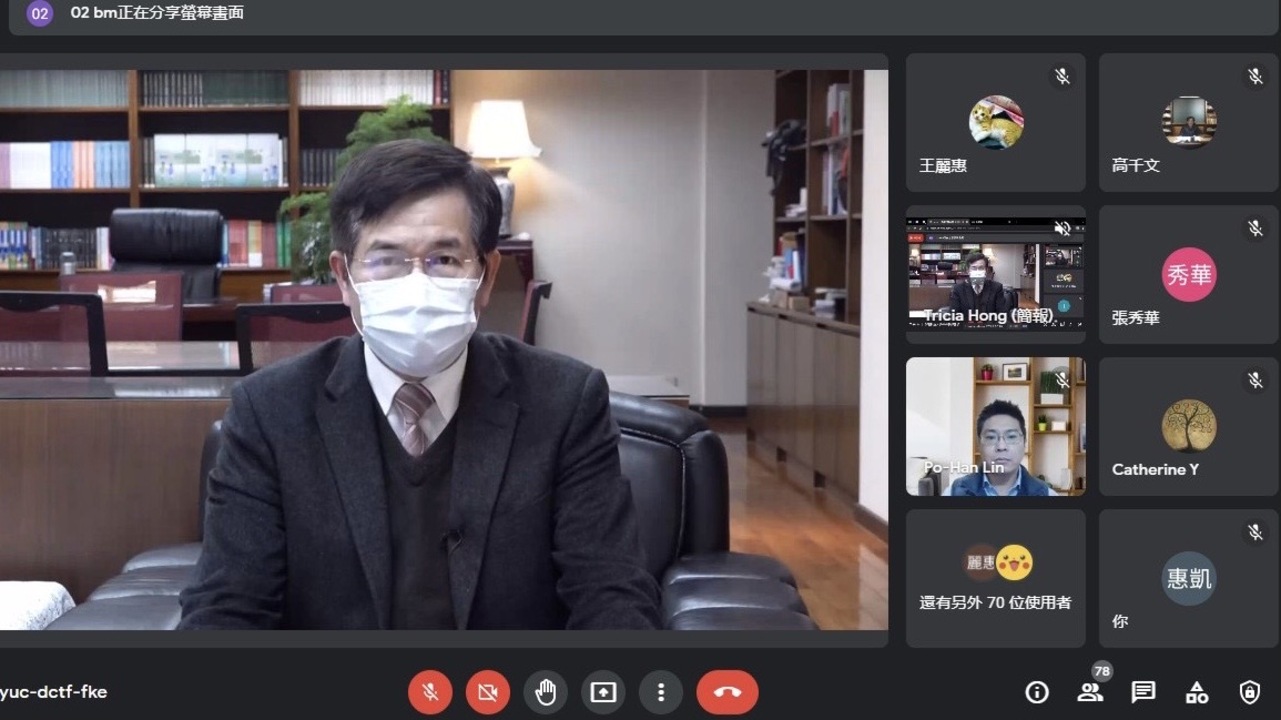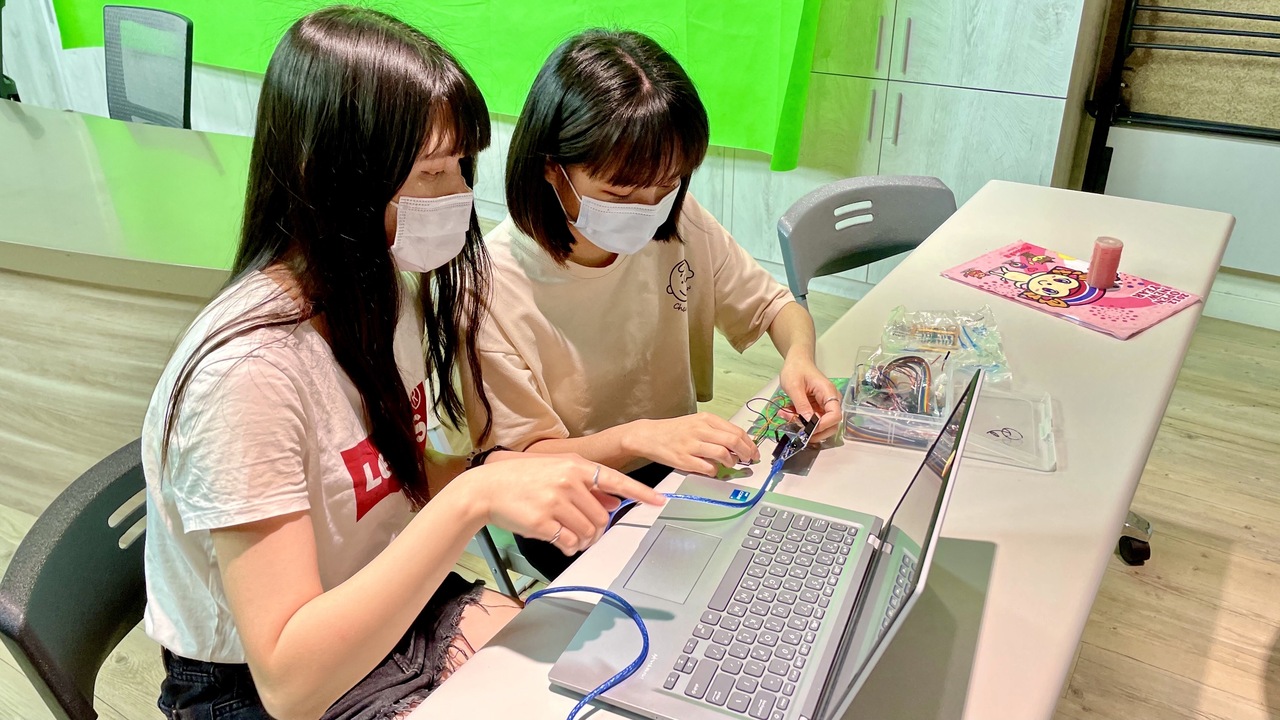Abstract
The University’s policy for bilingual education was built on the Blueprint for Developing Taiwan into a Bilingual Nation by 2030, a program initiated by the Executive Yuan. Specifically, the policy is designed to gradually achieve several goals, namely bilingual competency, innovation, technological development, and diversity. The policy is also an extension of the University’s CHIHLEE 2022 University of Business Innovation program, which was devised to develop the university into a model for universities that offer bilingual vocation education on international commerce. Given that students from vocation schools typically lack an excellent command of English, this program aims to create a comprehensive bilingual campus where students can improve their command of English and apply it in their daily lives and work, develop autonomous learning and lifelong learning habits, and become outstanding professionals who are internationally competitive because of their language skills and expertise in business and technology. This vision is realized through five strategies, namely offering courses that use English as the medium of instruction (EMI), reinforcing teacher training for EMI courses, promoting individualized learning with the help of widely available technological means, creating an environment with access to resources that are shared internationally, and improving the English communication skills of students.
To ensure the sustainable promotion of bilingual education in the University, the Division of Academic Affairs established a bilingual education resource center in the 2021/2022 academic year. The center is responsible for the promotion and management of EMI courses and the management of teaching and training resources associated with bilingual education. In addition, to comprehensively evaluate the development of EMI courses and fully combine external resources, the executive officer of the Bilingual Vocational Education Research and Practice Center and the head of the Department of Applied English are commissioned as consultants for EMI courses; in this position, they provide guidance and suggestions for the implementation of EMI courses and the results of self-evaluation reports.
The Program on Bilingual Education for Students in College has achieved remarkable results for the University. The achievements and highlights of the five strategies are as follows:
I. Offering courses that use English as medium of instruction
1. Development of EMI courses: In total, 20 EMI courses have been established in accordance with the educational objectives of each college and their core competencies. At present, 20.1% of second-year undergraduate students and 87.5% of first-year graduate students have enrolled in at least one EMI course; these results indicate that the University is steadily progressing toward its goals of improving its students’ professional skills and international vision.
2. Fostering talent through interdisciplinary programs: The university has established two all-English interdisciplinary programs to enrich existing all-English vocational courses, foster international business talent, commit to international education, and implement a dual degree system. The two programs are the Bilingual Financial Marketing interdisciplinary program and the All-English International Commerce Interdisciplinary program. At present, a total of 41 students have enrolled in these interdisciplinary programs.
3. Promotion of teaching quality: To effectively promote EMI courses and ensure teaching quality, the Bilingual Education Expert Consultation Team invited four experts from outside of the University or overseas to serve as consultants; these experts shall convene regularly to examine the University’s EMI courses from the perspectives of adequacy and development potential and advise the University on revision and improvement measures.
II. Reinforcing teacher training for EMI courses
1. Optimization of teachers’ expertise through establishment of teacher communities: Four all-English teacher communities were established in each college on the basis of college characteristics. These teacher communities facilitate frequent interactions that improve the capacity and output of teachers for EMI courses. At present, the participating teachers have submitted 11 papers to A-class academic journals for publication (four have been accepted or published), published two papers in international conferences, developed three textbooks for EMI courses, attended 63 EMI workshops, and established nine new EMI courses.
2. Empowerment of EMI teachers through retraining: The University has been collaborating with the Language Training and Testing Center to train teachers to acquire English for Specific Academic Purposes qualifications. Among the 52 EMI teachers trained by the University, seven have been awarded an advanced EMI certificate. They now serve as EMI mentors who are responsible for helping new teachers to quickly adapt to an EMI-based teaching environment.
3. Training for EMI teaching assistants: To enhance the ability of teaching assistants to support EMI courses and provide guidance to students, four training courses have been organized. These courses were attended by 106 students, of whom 11 have been appointed as EMI teaching assistants and 95 as reserve teaching assistants.
III. Promoting individualized learning through highly accessible technological means
1. Integration of virtual and physical English learning resources: Virtual reality equipment and a multipurpose online English learning and quiz platform were introduced to English courses and activities to help prepare students for the CEFR-B1 English certification test. At present, 25.3% of the University’s third-year undergraduate students have obtained the certificate.
2. Implementation of flipped e-learning: The University has worked with Studio Classroom to develop two MOOC courses on professional English learning and cross-cultural studies, enabling students with varying levels of English skills to immerse themselves in an English-speaking environment at their convenience and to flexibly access professional English learning resources.
IV. Creating an environment with access to resources shared internationally
1. Attending international conferences to improve education sustainability: EMI teachers are encouraged to update themselves on the latest development trends in educational practices to optimize their teaching content and quality. The University has also organized four international workshops that enable EMI teachers to improve their English teaching skills and strategies by learning from guest experts and scholars. A total of 330 individuals have attended these workshops, including seven of the University’s EMI mentors, who subsequently shared their experiences with their peers.
2. Establishing an EMI website to create synergy: On a dedicated EMI platform, the University has posted 13 EMI courses; associated videos, resources, and records of EMI-related activities; and the learning outcomes of students. Because all universities in Taiwan can access the content of the platform, the utility of resources is maximized.
V. Improving English communication skills of students
Diverse English courses and learning activities have been introduced to prepare students for EMI courses.
1. Adaptive English teaching materials: The English courses for each college are designed on the basis of the core competencies required by a college and the basic professional courses offered by the college. This type of adaptive English course accounts for 10.2% of the University’s courses.
2. Provision of all-English industrial experiences: The University has collaborated with three other universities to organize three all-English workplace experience camps; these camps allow the University’s students to enhance their command of English in professional and daily life settings through diverse situational simulations of workplace-related scenarios. These camps attracted a total of 106 participants.

